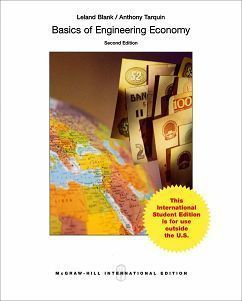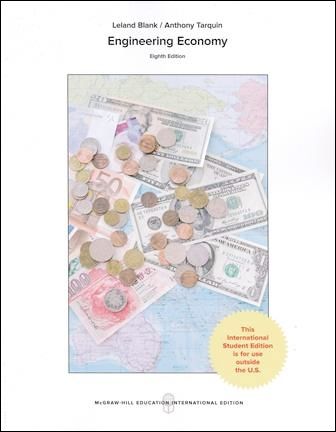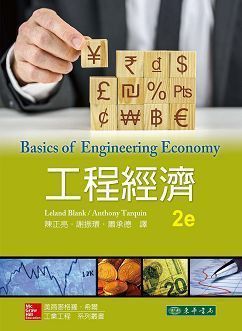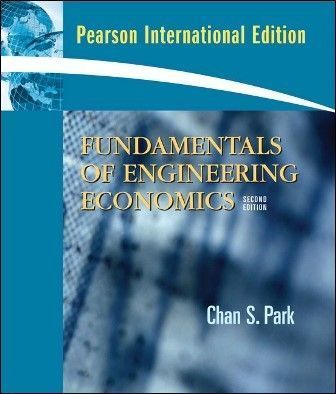書籍分類

Basics of Engineering Economy 2/e
作者:Leland Blank, Anthony Tarquin
原價:NT$ 1,030
ISBN:9781259080760
版次:2
年份:2013
出版商:McGraw-Hill
頁數/規格:476頁/平裝雙色
版次:2
年份:2013
出版商:McGraw-Hill
頁數/規格:476頁/平裝雙色
內容介紹 本書特色 目錄 作者介紹
- Description
This text covers the basic techniques and applications of engineering economy for all disciplines in the engineering profession.
The writing style emphasizes brief, crisp coverage of the principle or technique discussed in order to reduce the time taken to present and grasp the essentials.
The objective of the text is to explain and demonstrate the principles and techniques of engineering economic analysis as applied in different fields of engineering. This brief text includes coverage of multiple attribute evaluation for instructors who want to include non-economic dimensions in alternative evaluation and the discussion of risk considerations in the appendix, compared to Blank's comprehensive text, where these topics are discussed in two unique chapters.





